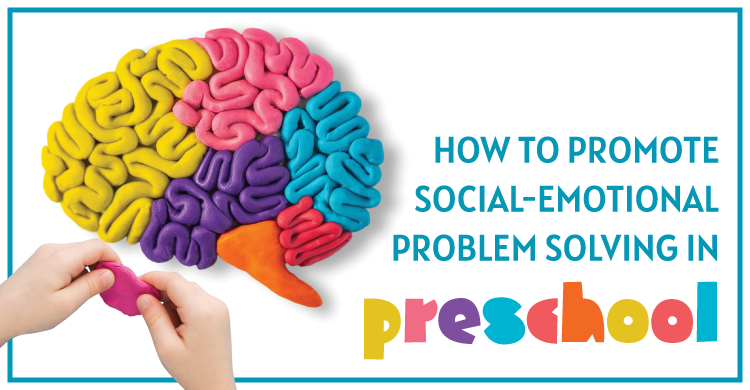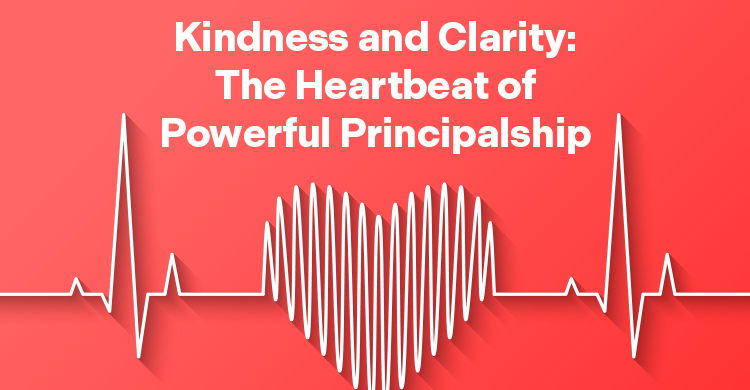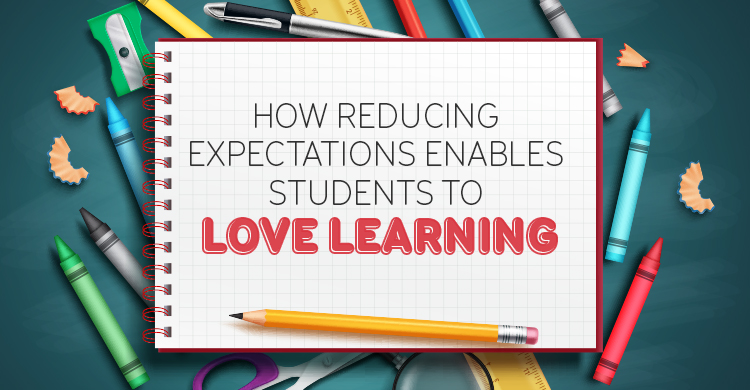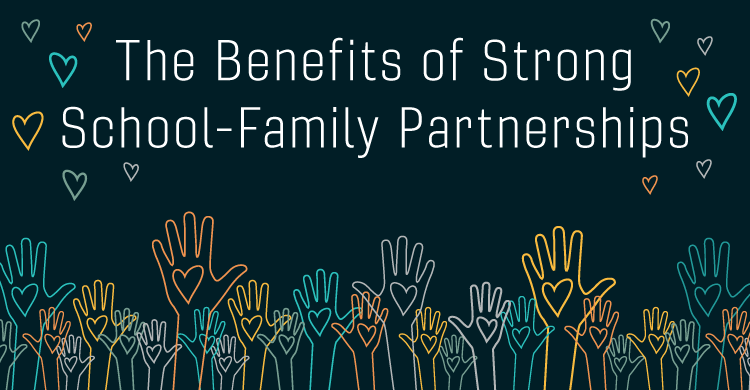Based on Mindful School Communities, scheduled for release in February 2020.
“Love and compassion are necessities, not luxuries. Without them, humanity cannot survive.” —The Dalai Lama
Compassion and love are needed in all areas of our lives. Quite simply, people are hurting and in need of healing. Schools are no different.
Students, teachers, and whole school communities are wrestling with how best to understand and respond to the impactful nature of trauma and stress and how it collides with our ability to function, teach, learn, live, and just be. Sometimes, “students are too scared to learn” (Lacoe, 2013). For many of our students, the impact of stress and trauma is formidable, compromising their physical, social, emotional, or spiritual well-being and academic development (SAMHSA, 2014), playing out in the form of their physiological response system of fight, flight, or freeze (Schwartz, 2016).
No ZIP code or area code of our country is devoid of tragedy, stress, loss, violence, and poverty. School communities in higher-needs areas, as well as wealthier demographic areas, are all crippled to varying degrees with the epidemic of violence and suffering. In the United States alone, childhood trauma has become so prevalent that every adult personally knows someone who has been impacted, and staggeringly, more than 60 percent of the adult population has experienced a serious childhood trauma (Merrick, Ford, Ports, & Guinn, 2018).
Implementing Compassionate Practices
However, it is one thing to truly believe that compassion and love are important enough to have a place in our classrooms, but to actually implement practices that place compassion and love at the forefront of our work is something else. In our early work on examining compassion and social-emotional learning (SEL) in schools, we asked questions of focus group participants (Mason, Mullane, & Fitzpatrick, 2013). Here are some of the responses we received from elementary and middle school principals:
- While a significant number of the participants had implemented SEL programs in their schools, the fidelity of implementation waned over time.
- Several factors interfered with ongoing implementation, including the emergence of other priorities, the perception that this was not necessary, and the perception that elementary teachers automatically teach SEL, so a formal program was not necessary.
- The ongoing attention placed on improving academic learning tended to squeeze out many activities that teachers might otherwise use in classrooms to increase students’ sense of engagement, belonging, self-esteem, and participation in making decisions about their academic learning.
More recently, we have been collaborating with schools in New England to build compassionate school environments. This work, conducted as part of the Mental Health Technology Transfer Center, is designed to strengthen school supports for students with serious emotional and behavioral challenges. As we work with a cadre of 24 fellows selected to help us develop capacity locally through a Childhood-Trauma Learning Collaborative (C-TLC), we are hearing about some of their successes.
- Joan Cavallo, a principal from Vermont, indicated that the C-TLC: “validated the work we are doing and my personal journey. It is also furthering my learning and sometimes it makes me question and reflect. It makes me aware that the issues the children in my school are facing are common across schools and states” (Asby, 2019).
- Erica McLaughlin, another principal in Vermont, is “addressing the pressing needs in the classroom by focusing on self-regulation. She’s encouraging teachers to make time and space in multiple instances throughout the day to clear the emotional table to engage in social-emotional learning activities” (Asby, 2019).
- Lisa Parker, a school social worker in Rhode Island, teaches mindfulness skills to her regular caseload of students, giving them a safe space to be with their own emotions during a Relaxation Strategies group. She uses mindfulness meditation and cognitive behavioral strategies to give her students tools to soothe their anxiety. Lisa says “modeling vulnerability by sharing my own experience meditating has been very helpful to get students to begin sharing their experiences as well” (Nguyen, 2019).
Trauma-Informed Approaches/ACEs Provide a New Lens
As our work in New England has confirmed, a trauma-informed approach and better understanding of Adverse Childhood Experiences (ACEs) (Felitti et al., 1998) provides a new and critical lens into a child, youth, or adult’s (often) debilitating life events and experiences. However, being trauma-informed alone is not enough. As California congressman Mark DeSaulnier emphasized in a special legislative session, “We are losing people to early death because we don’t have the infrastructure to match the neuroscience and known evidence-based practices” (Committee on Oversight and Reform, 2019). Creating sustainable social infrastructures to combat childhood trauma is essential to complement what we are learning from neuroscience and from those suffering around us.
Tightly Knit Social Fabric
We can begin with creating a tightly knit social fabric or infrastructure that centers on cultivating compassionate school communities where each student feels a sense of belonging and love. Compassion and love are at the heart of the matter, with many teachers and school staff providing the one buffering adult support needed to keep children and youth afloat during times of stress, tragedy, and loss (Center on the Developing Child, 2007). Teachers and school staff can be mediators or catalysts of protection, providing “support and experiences to assist students in moving from coping with stress to thriving and flourishing” (Mason, Rivers Murphy, & Jackson, 2018, p. 23). This social fabric of connection is important and hopeful because as the Substance Abuse and Mental Health Services Administration (SAMHSA, 2014) points out, “with appropriate supports and intervention, people can overcome traumatic experiences.”
References
Asby, D. (2019, November 11). Featured Fellow: Addressing trauma with Joan Cavallo. St. Albans City School Principal. WowEd! an eNewsletter of the Center for Educational Improvement. Accessed at http://www.edimprovement.org/2019/11/featured-fellow-addressing-trauma-with-joan-cavallo-st-albans-city-school-principal/ on November 13, 2019.
Asby, D. (2019, September 10) Featured Fellow: Erica McLaughlin Leads Teachers at Randolph Elementary to Become Trauma-Informed. WowEd! an eNewsletter of the Center for Educational Improvement. Accessed at http://www.edimprovement.org/2019/09/featured-fellow:-erica-mclaughlin/ on November 13, 2019.
Center on the Developing Child (2007). InBrief: The science of early childhood development. Retrieved from https://developingchild.harvard.edu/resources/the-science-of-early-childhood-development-closing-the-gap-between-what-we-know-and-what-we-do/ on November 13, 2019.
Committee on Oversight and Reform, United States House of Representatives. (2019, July 11). Identifying, Preventing, and Treating Childhood Trauma: A Pervasive Public Health Issue That Needs Greater Federal Attention. Washington, DC: US House of Representatives Repository. Accessed at https://docs.house.gov/Committee/Calendar/ByEvent.aspx?EventID=109762 on November 13, 2019.
Felitti, V. J., Anda, R. F., Nordenberg, D., et al. (1998). Relationship of childhood abuse and household dysfunction to many of the leading causes of death in adults: The Adverse Childhood Experiences (ACE) study. Am J Prev Med. 14(4), 245 -258.
Lacoe, J. (2013). Too Scared to Learn? The Academic Consequences of Feeling Unsafe at School. Working Paper #02- 13. New York: New York University, Institute for Education and Social Policy.
Mason, C., Rivers Murphy, M. M., & Jackson, Y. (2018). Mindfulness practices, cultivating heart centered communities where students focus and flourish. Bloomington, IN: Solution Tree Press.
Merrick, M. T., Ford, D. C., Ports, K. A., & Guinn, A. S. (2018). Prevalence of adverse childhood experiences from the 2011–2014 behavioral risk factor surveillance system in 23 states. JAMA Pediatrics. 172(11), 1038–1044.
Nguyen, V. (2019, August 10). Featured Fellow: Lisa Parker. WowEd! an eNewsletter of the Center for Educational Improvement. Accessed at http://www.edimprovement.org/2019/08/featured-fellow-lisa-parker/ on November 13, 2019.
Schwartz, A., (2016). The neurobiology of trauma. Accessed at https://drarielleschwartz.com/the-neurobiology-of-trauma-dr-arielle-schwartz/#.XcwCFjJKjow on November 13, 2019.
Substance Abuse and Mental Health Services Administration. (2014). SAMHSA’s Concept of Trauma and Guidance for a Trauma-Informed Approach. Accessed at http://store.samhsa.gov/shin/content/SMA14-4884/SMA14-4884.pdf on November 13, 2019.
[author_bio id=”1679″]
[author_bio id=”1765″]






